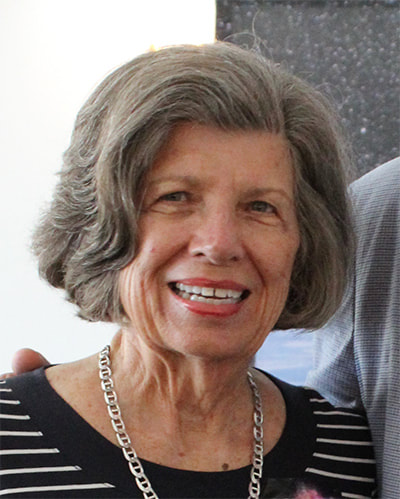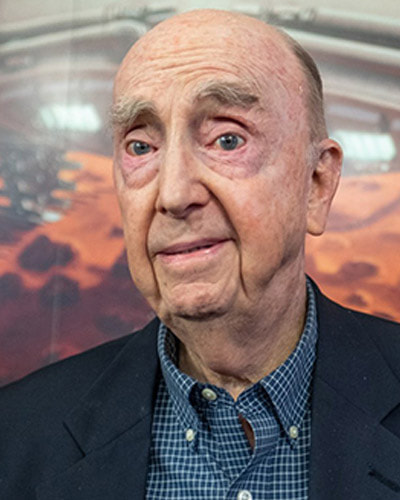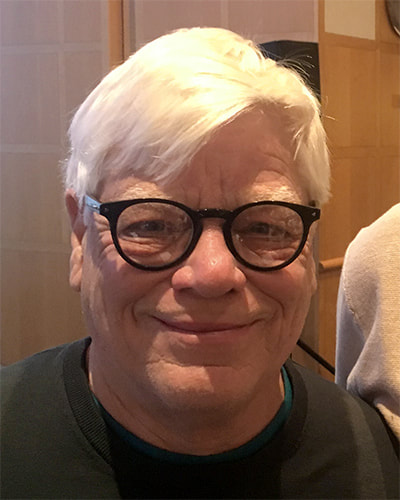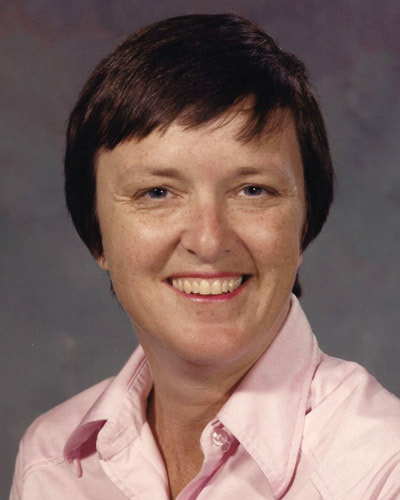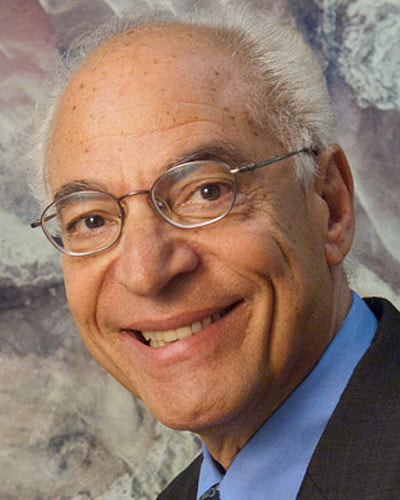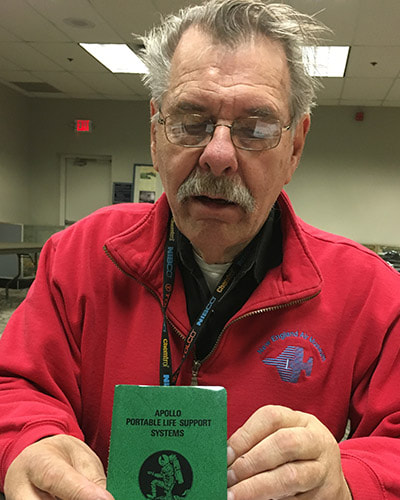ENGINEERS OF APOLLO
When creating the book, HOW WE GOT TO THE MOON, author John Rocco worked with and interviewed many engineers who were directly involved in the Apollo program.
Below you will meet several of those people.
Below you will meet several of those people.

